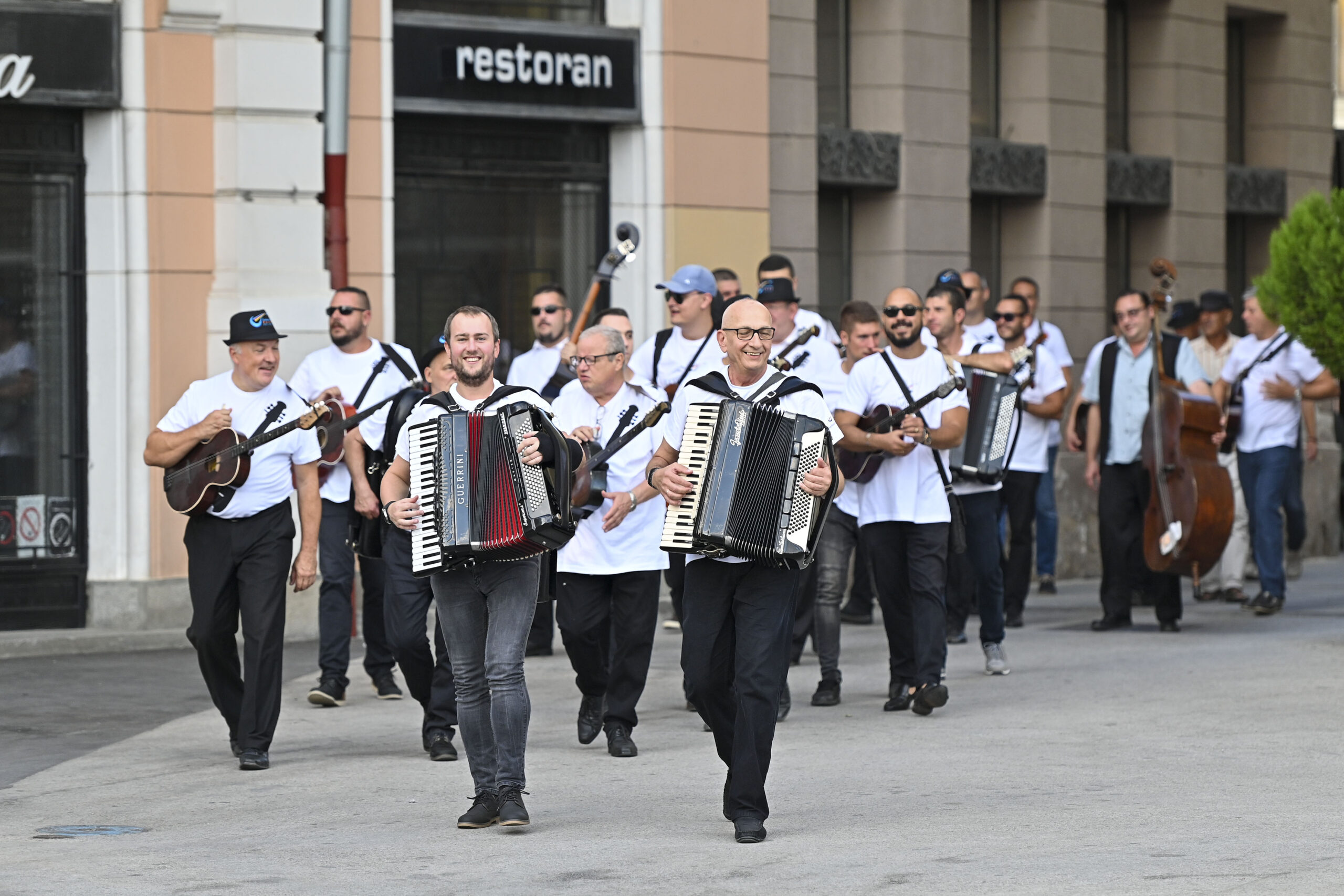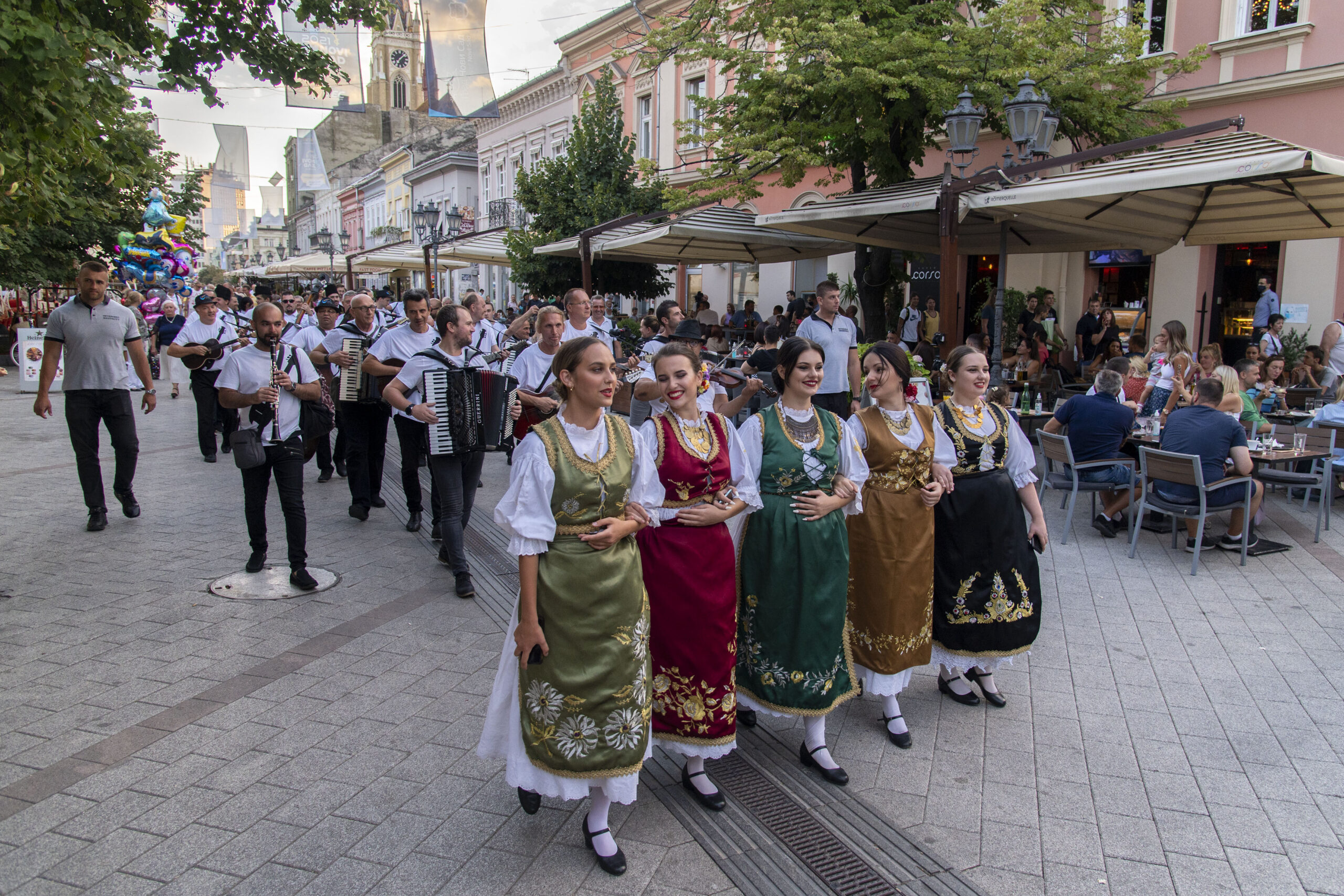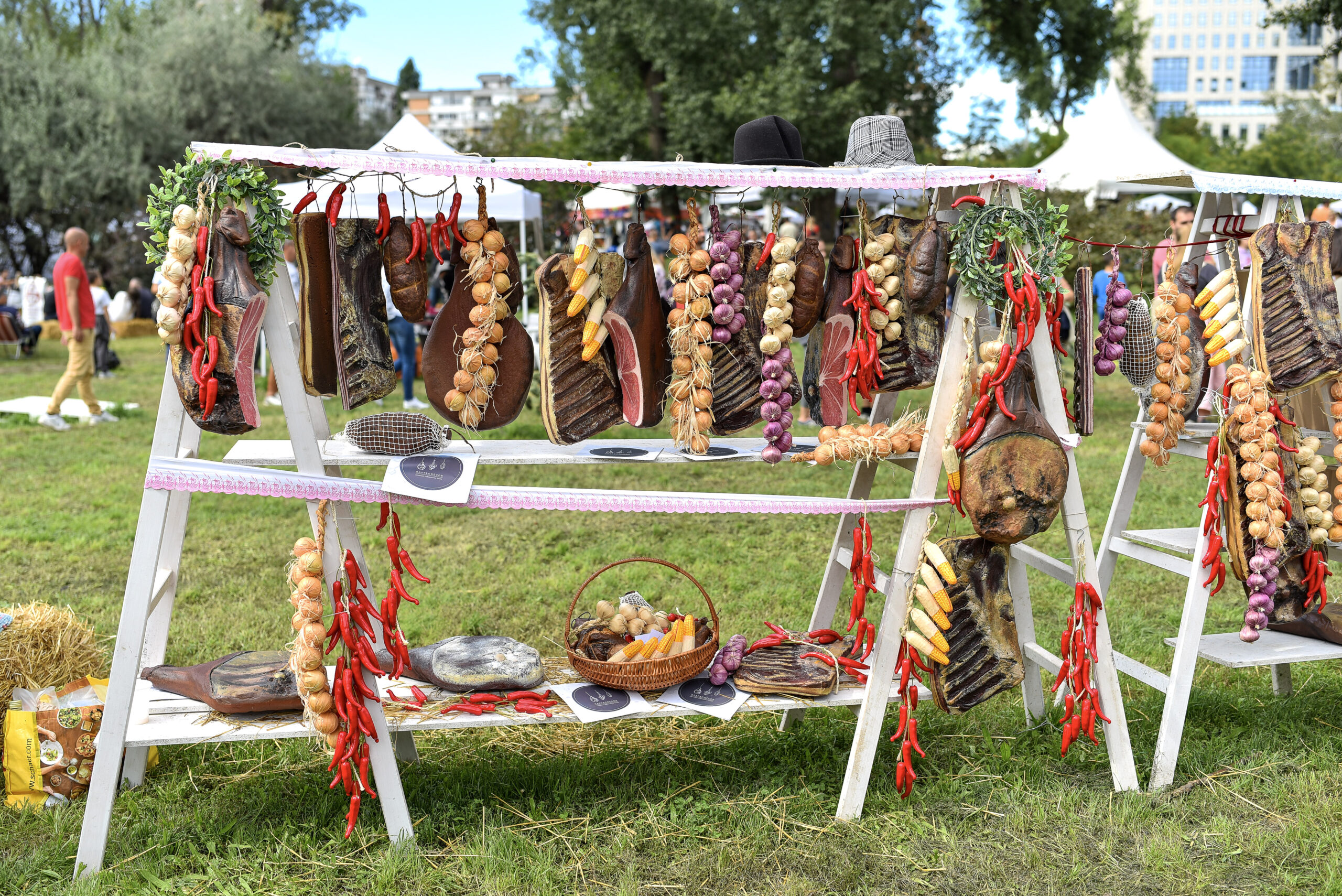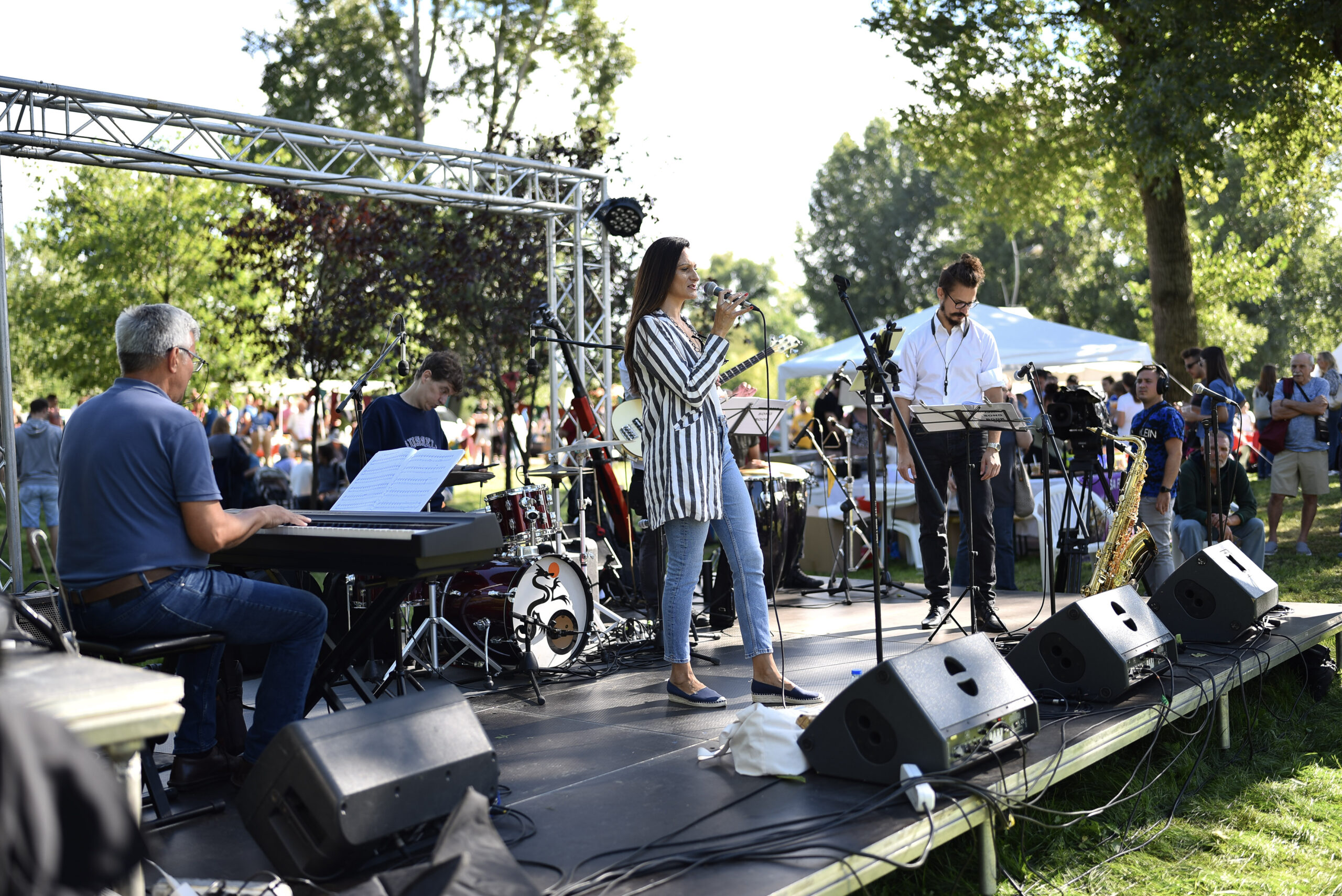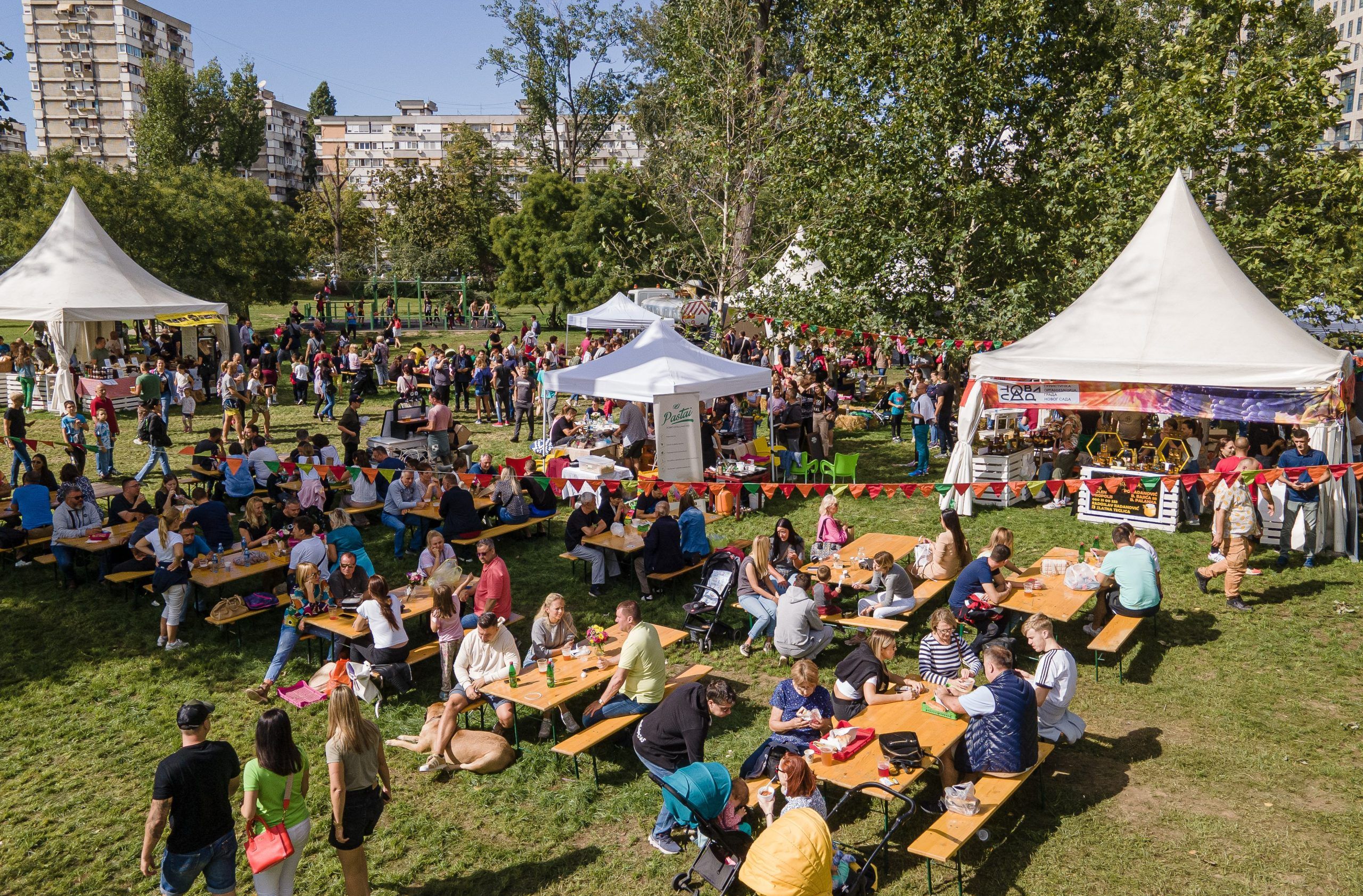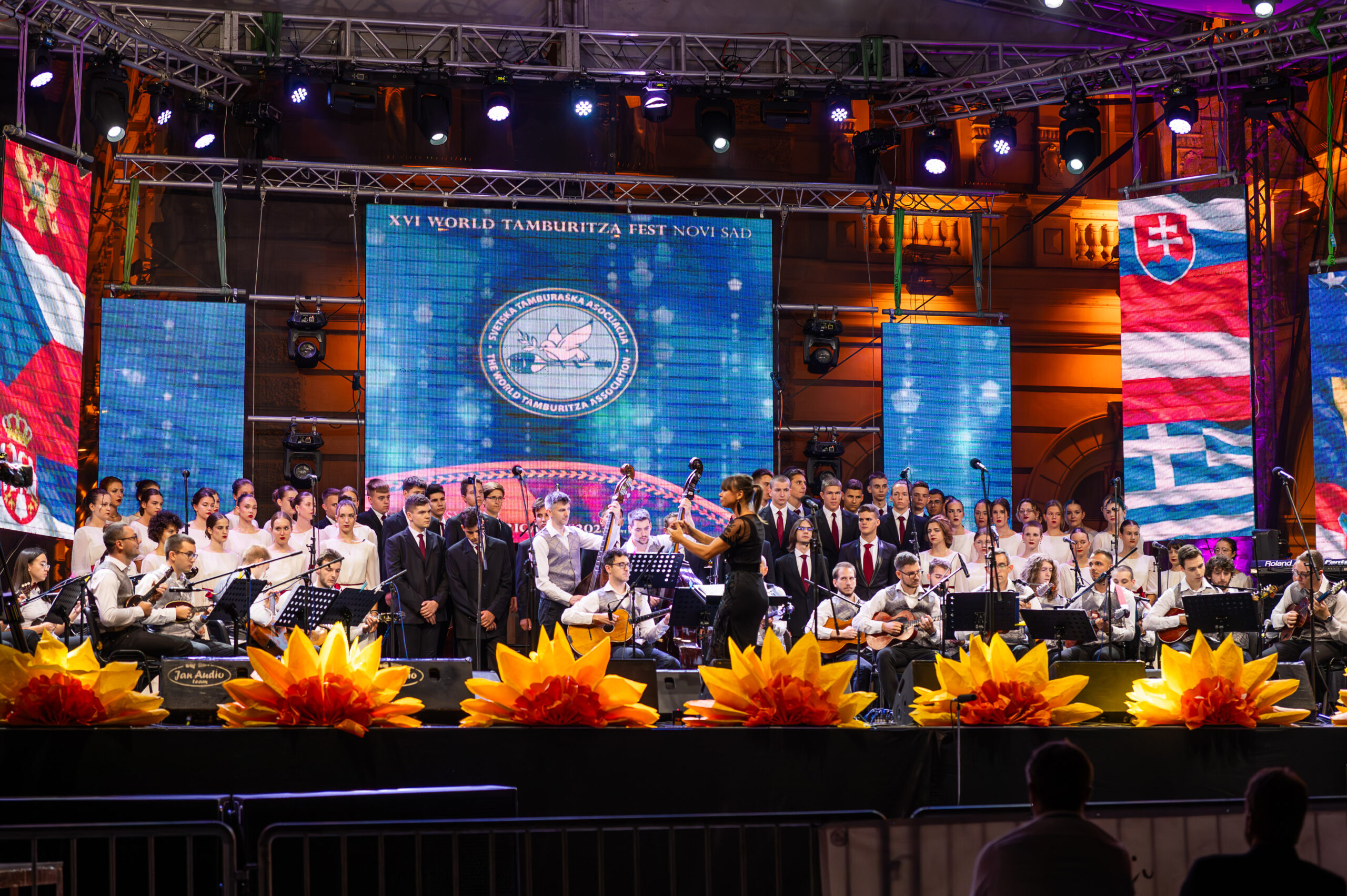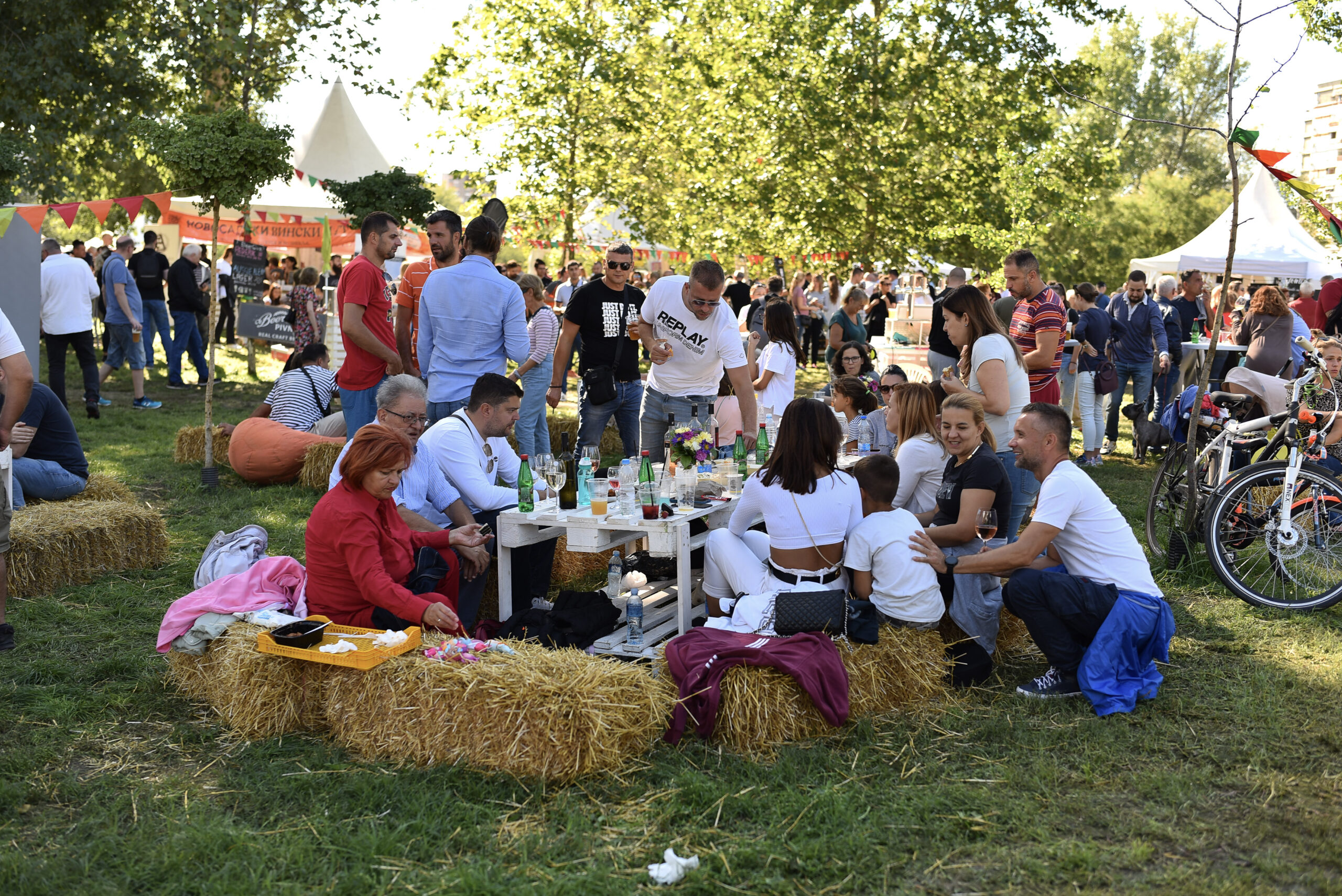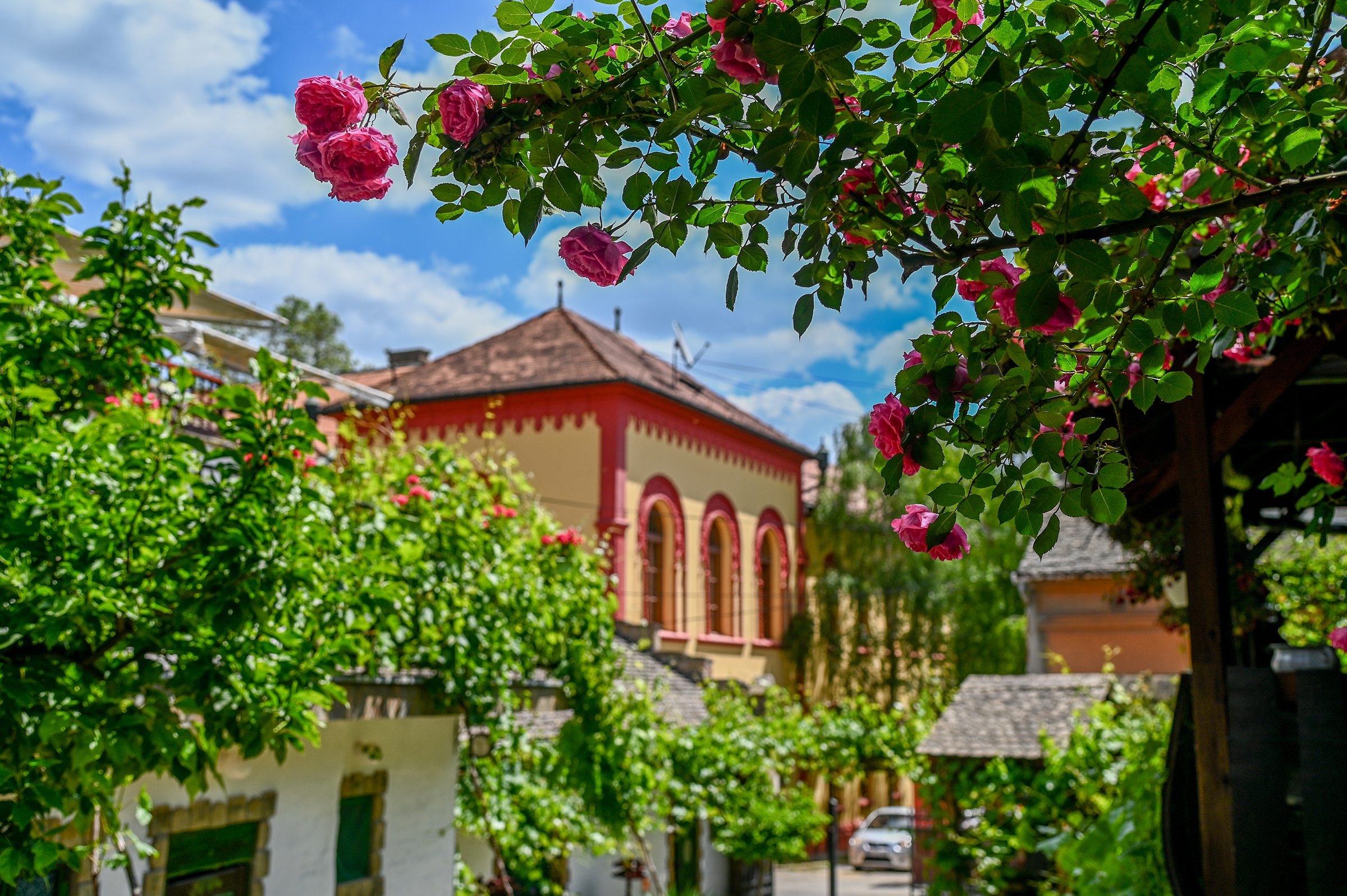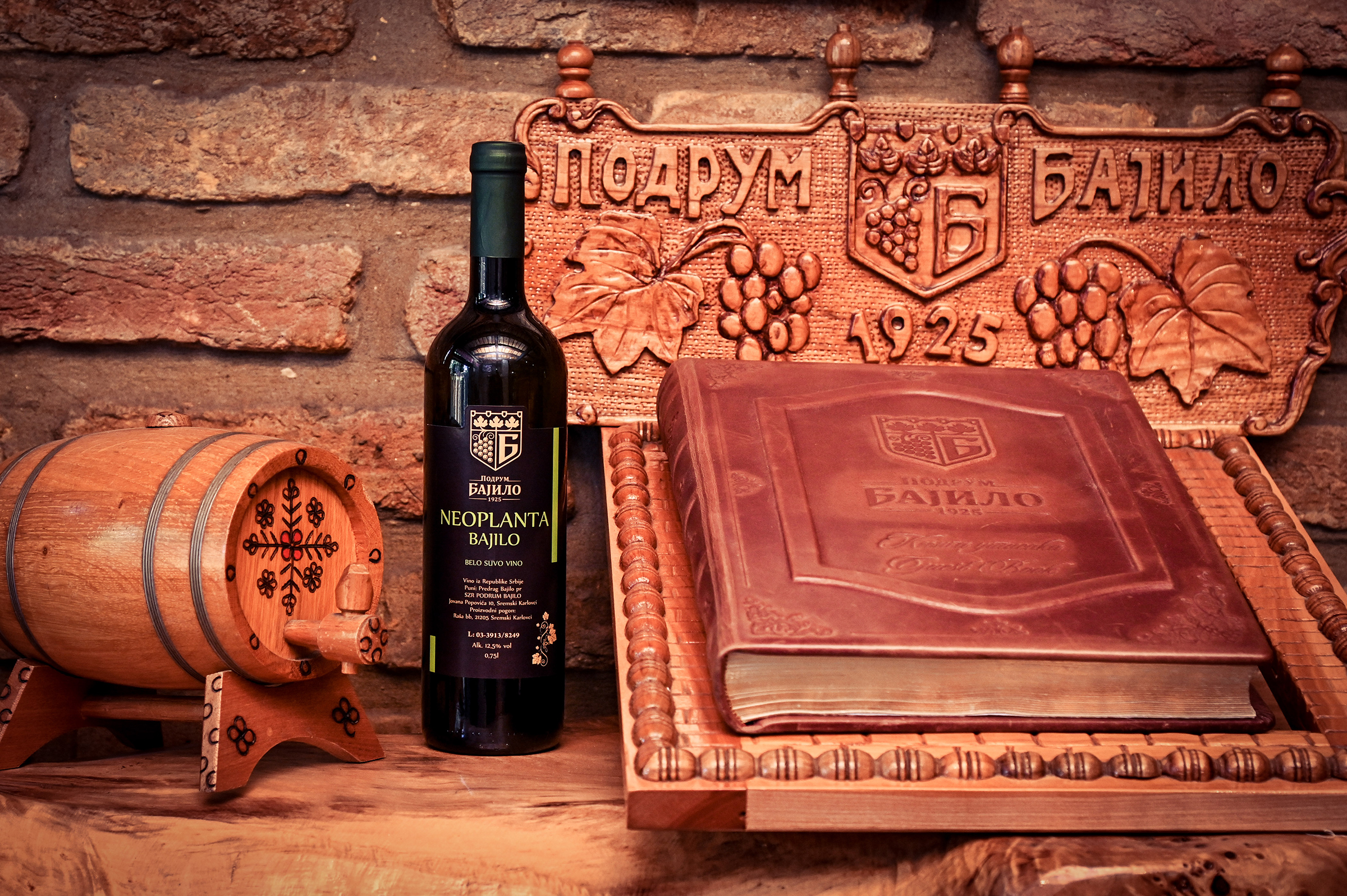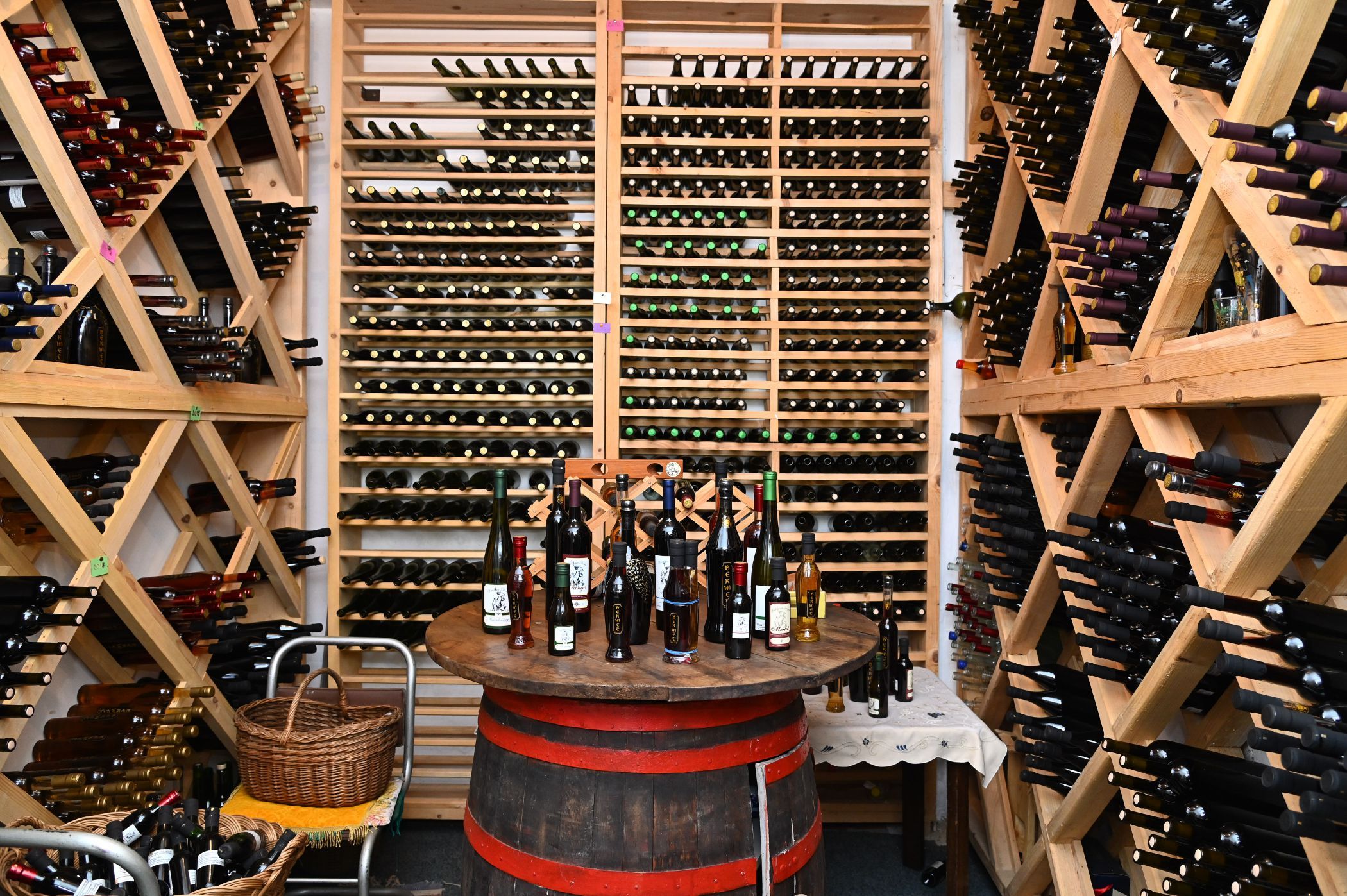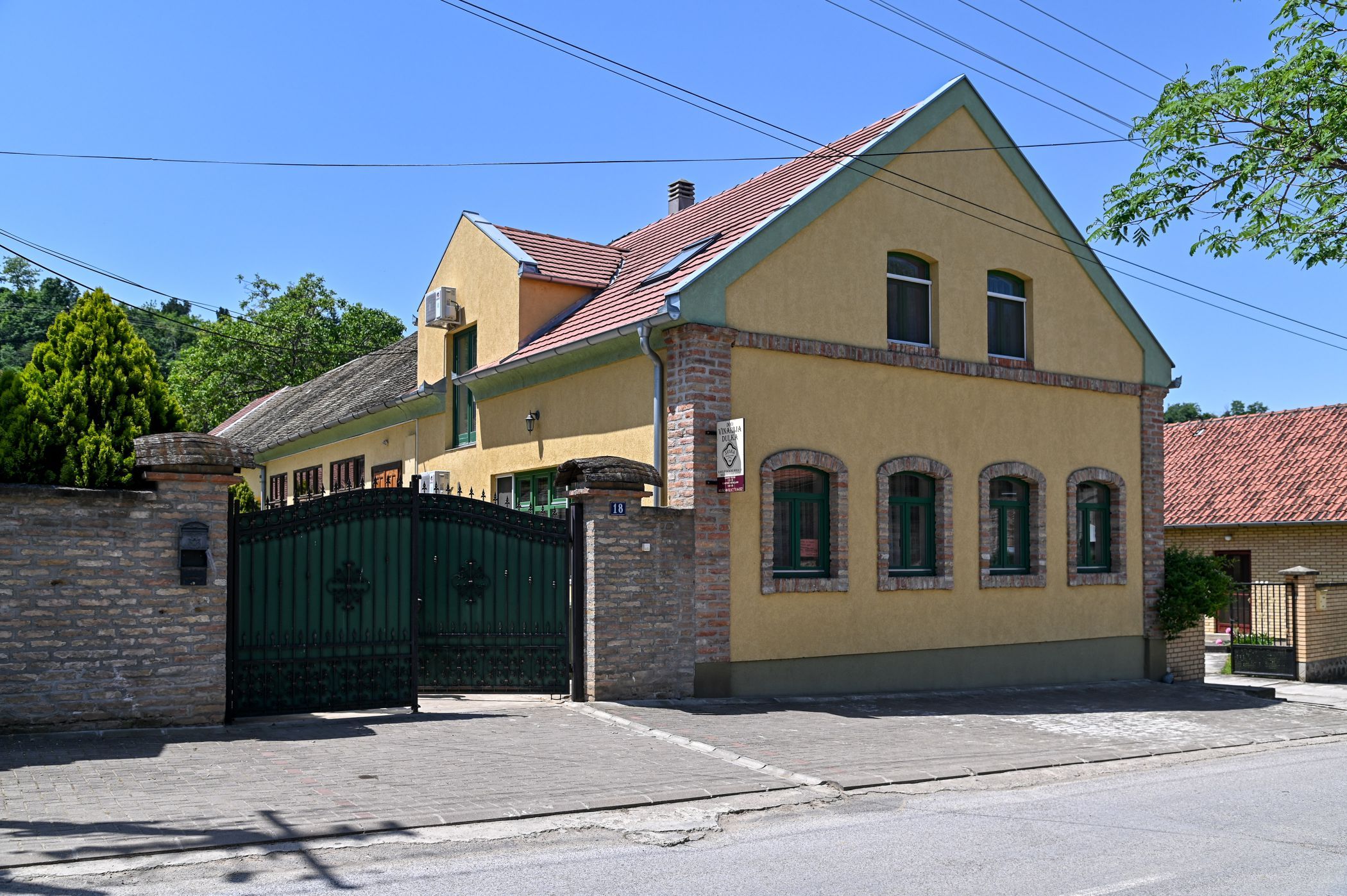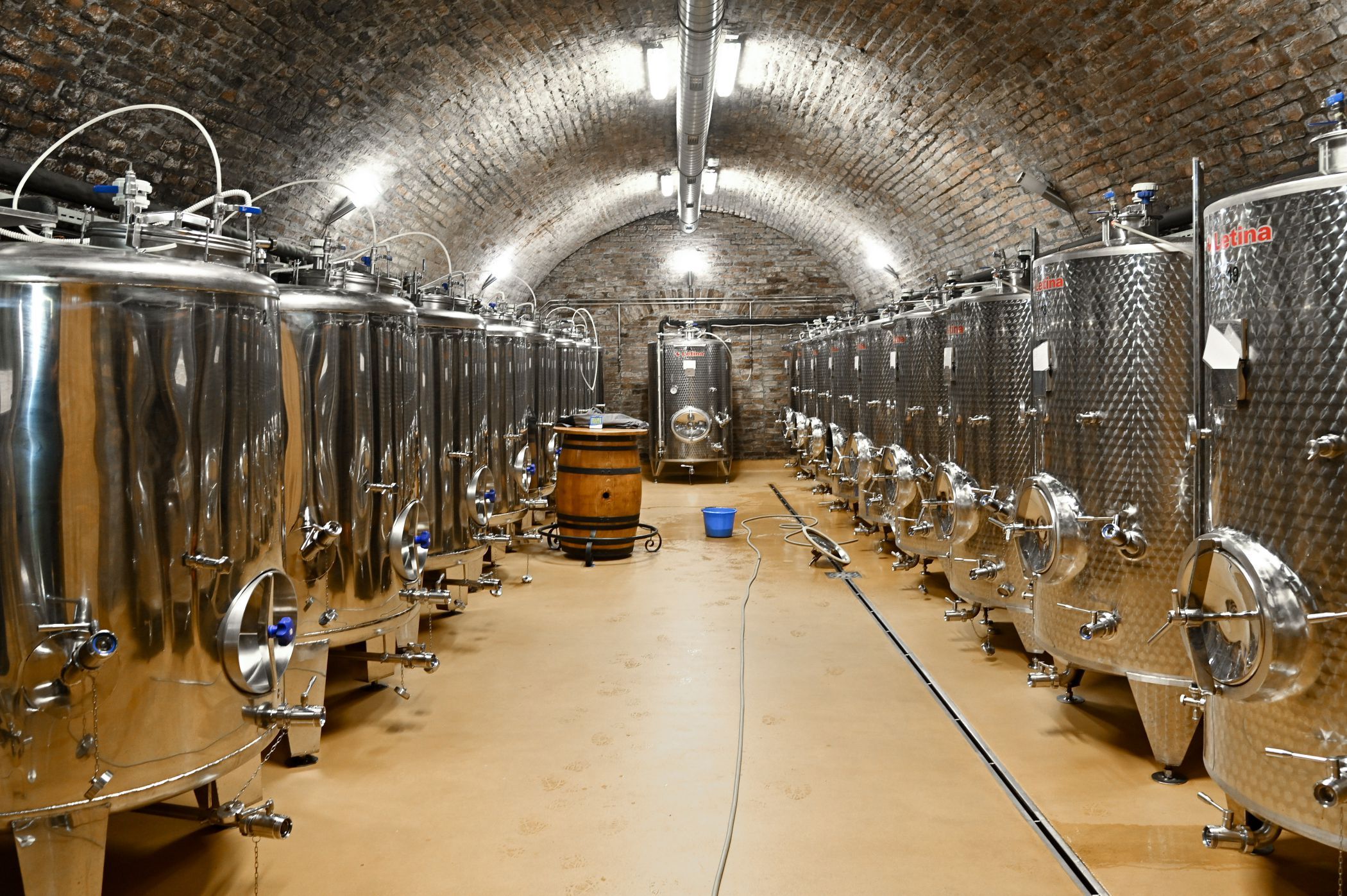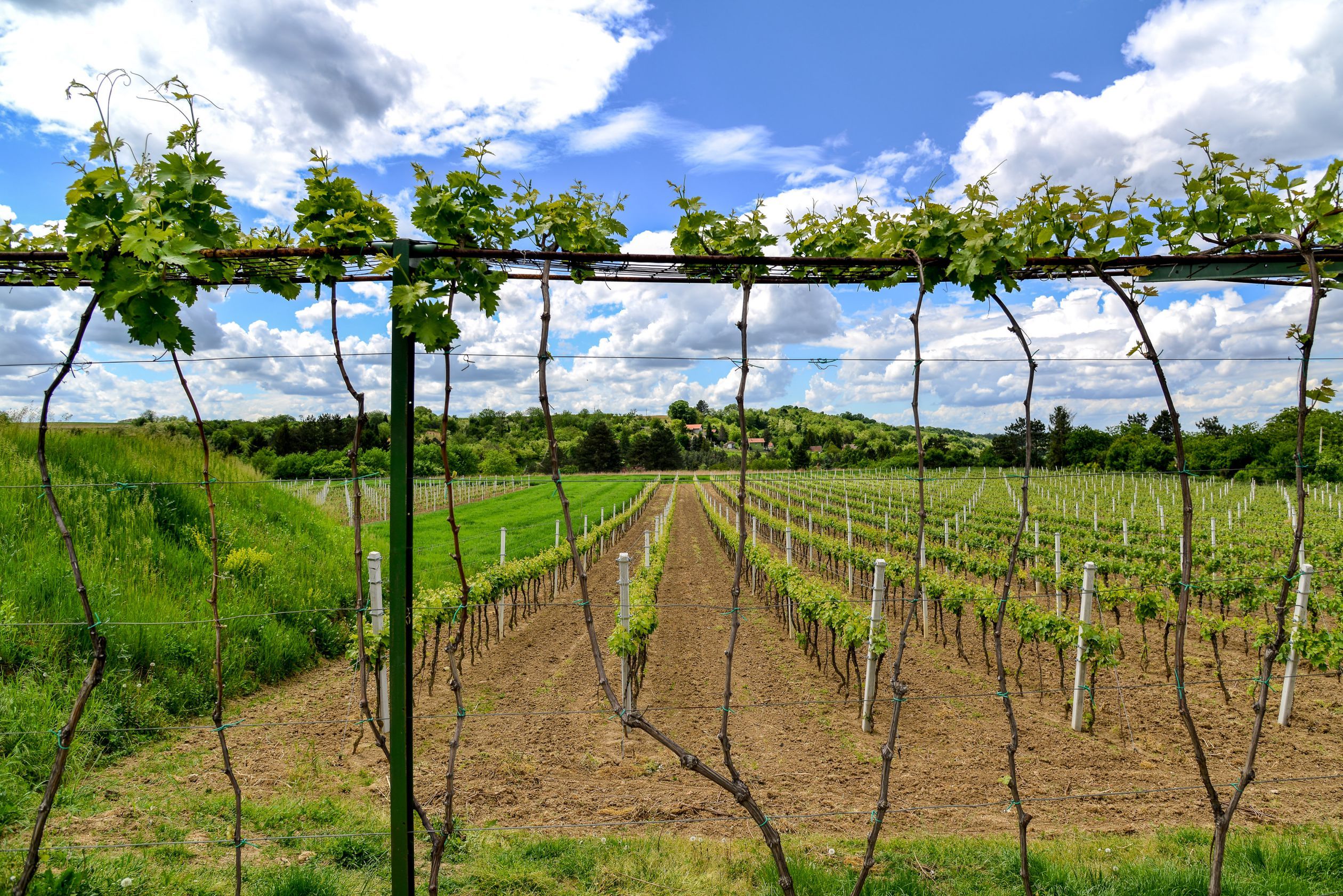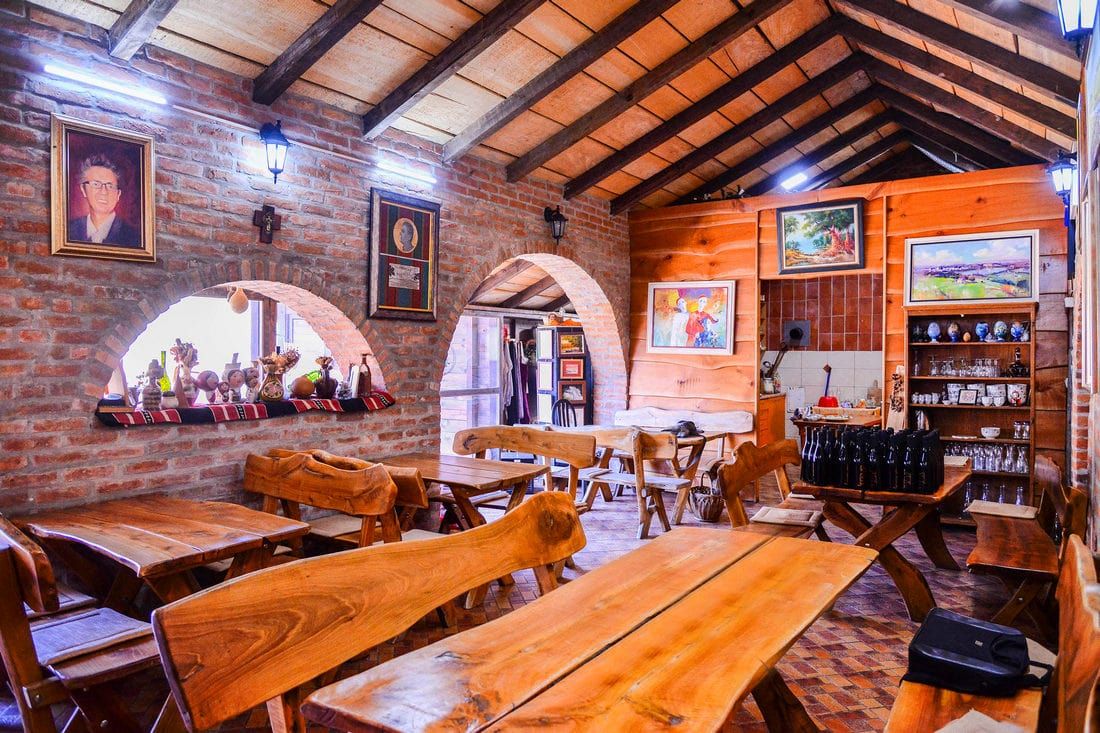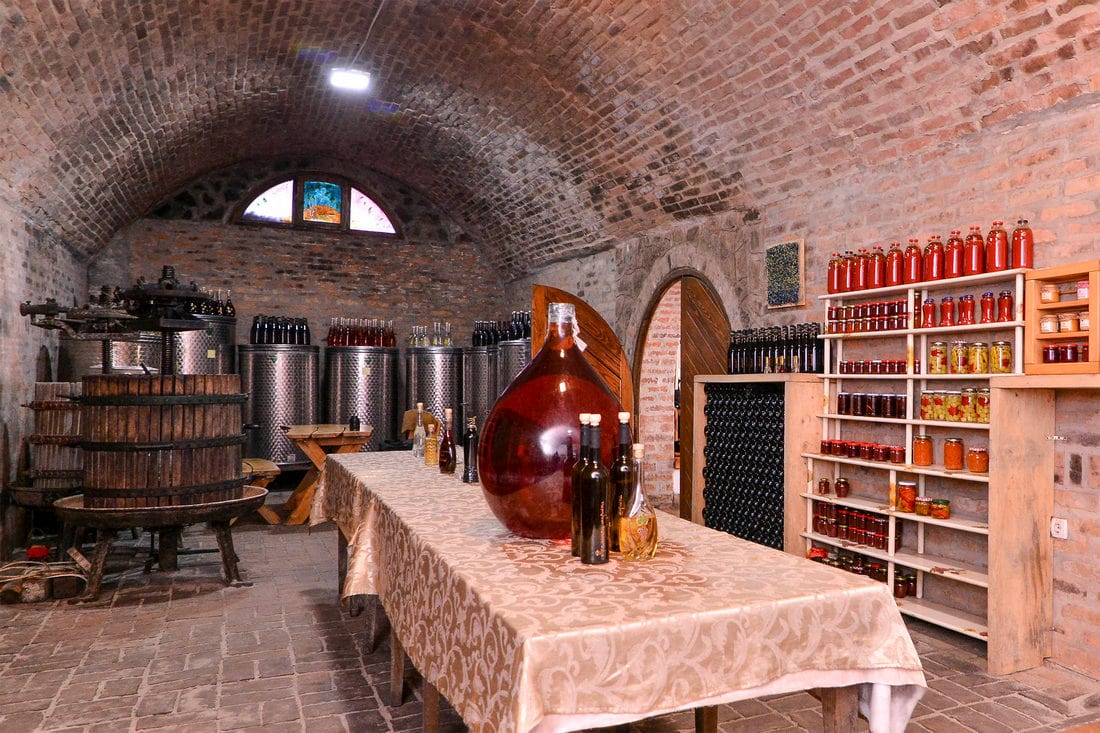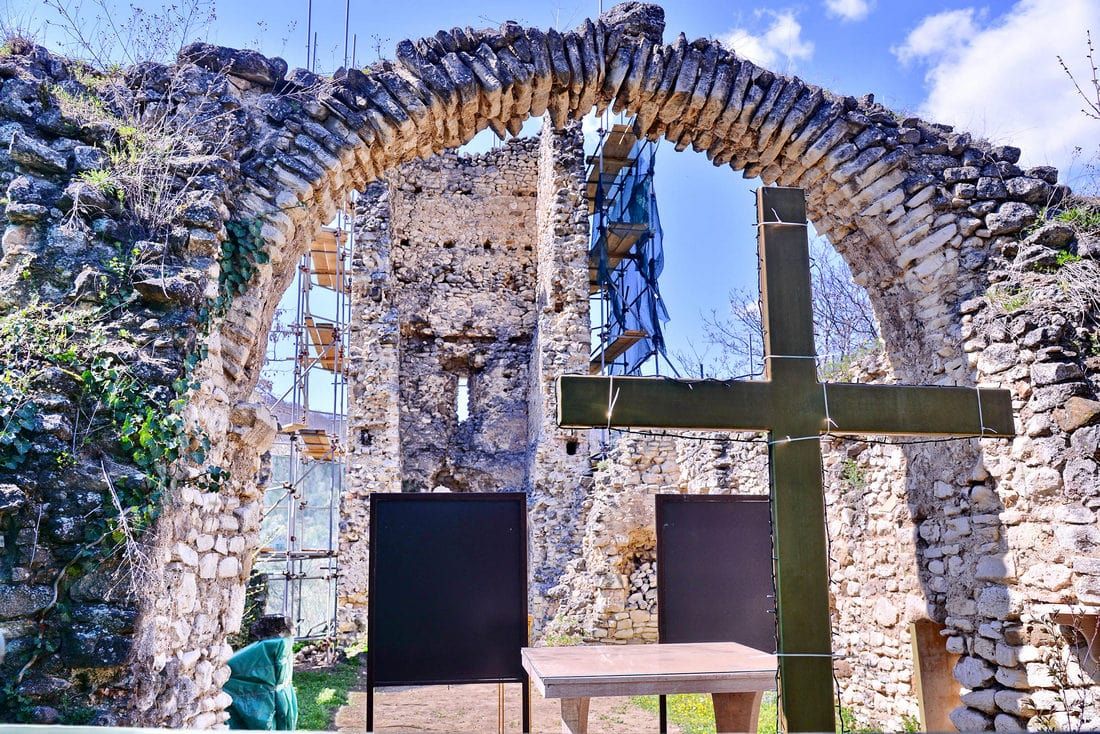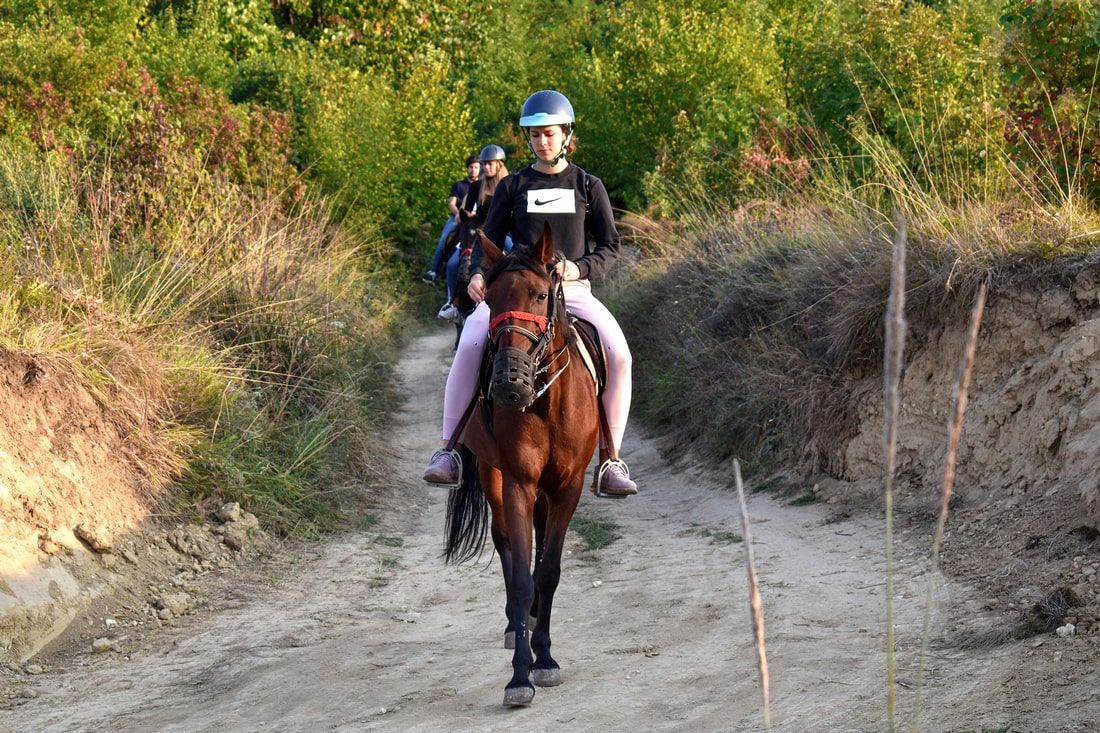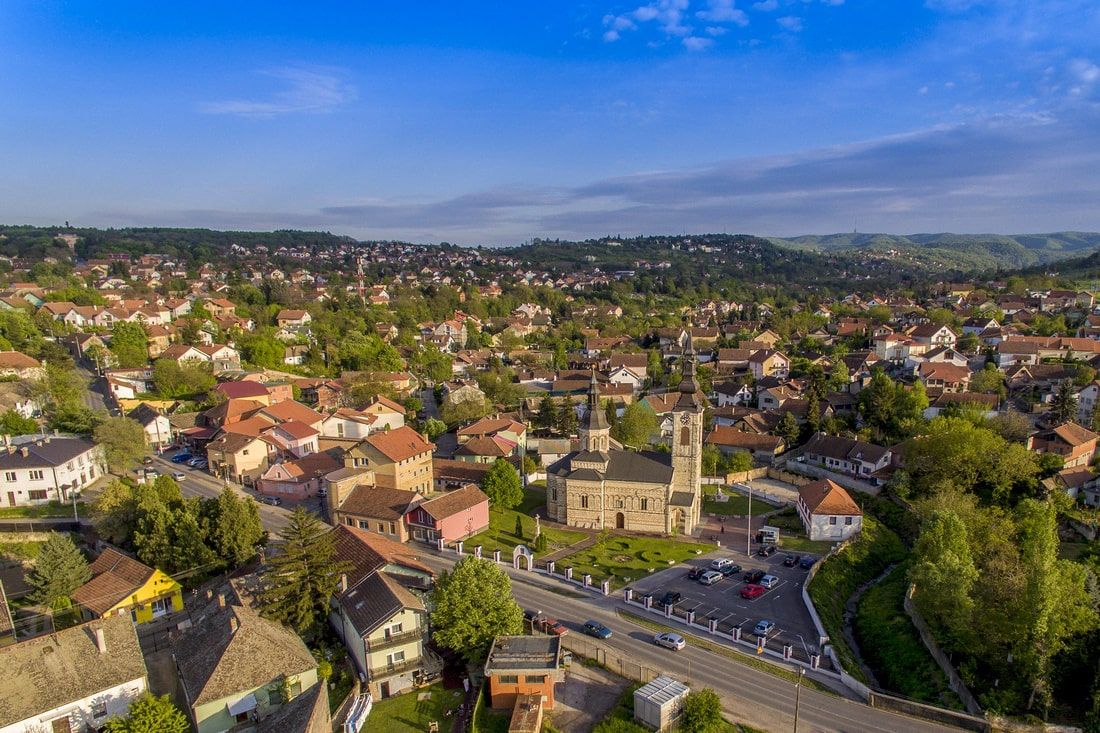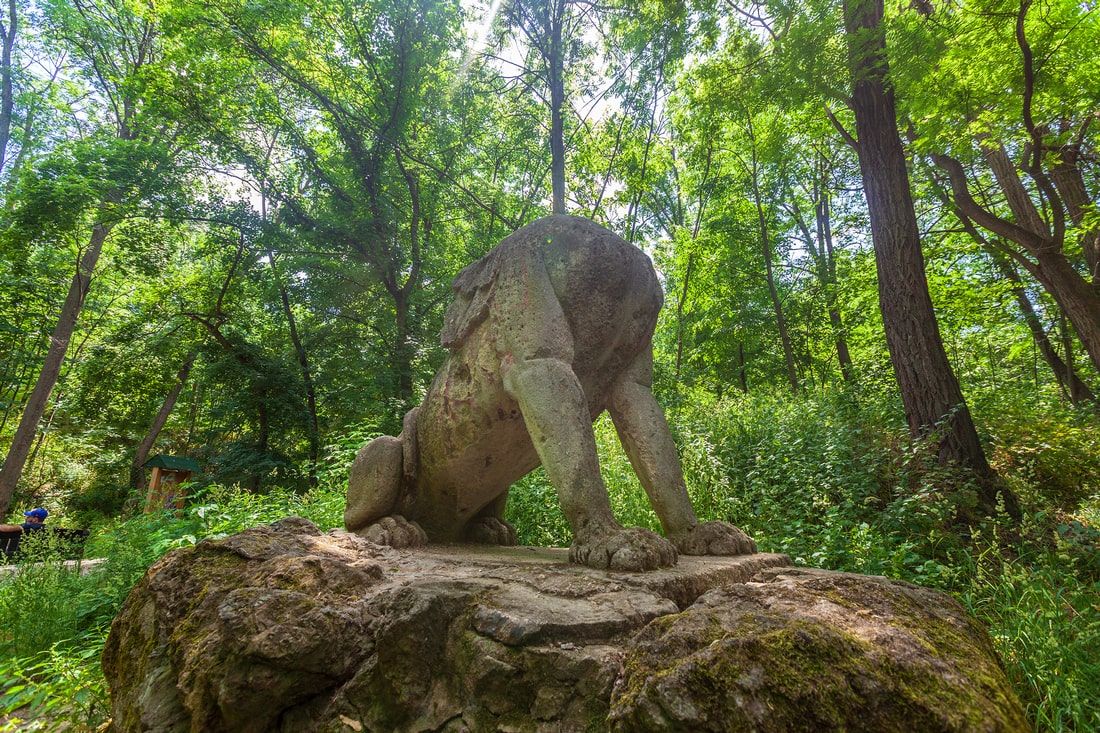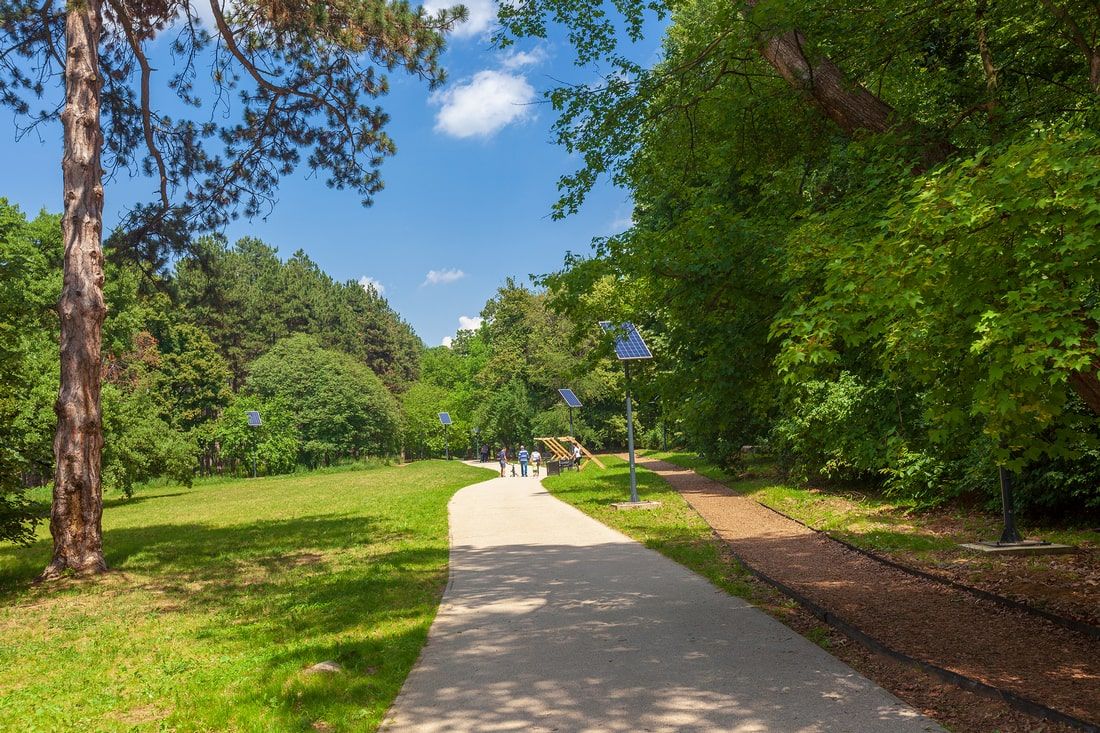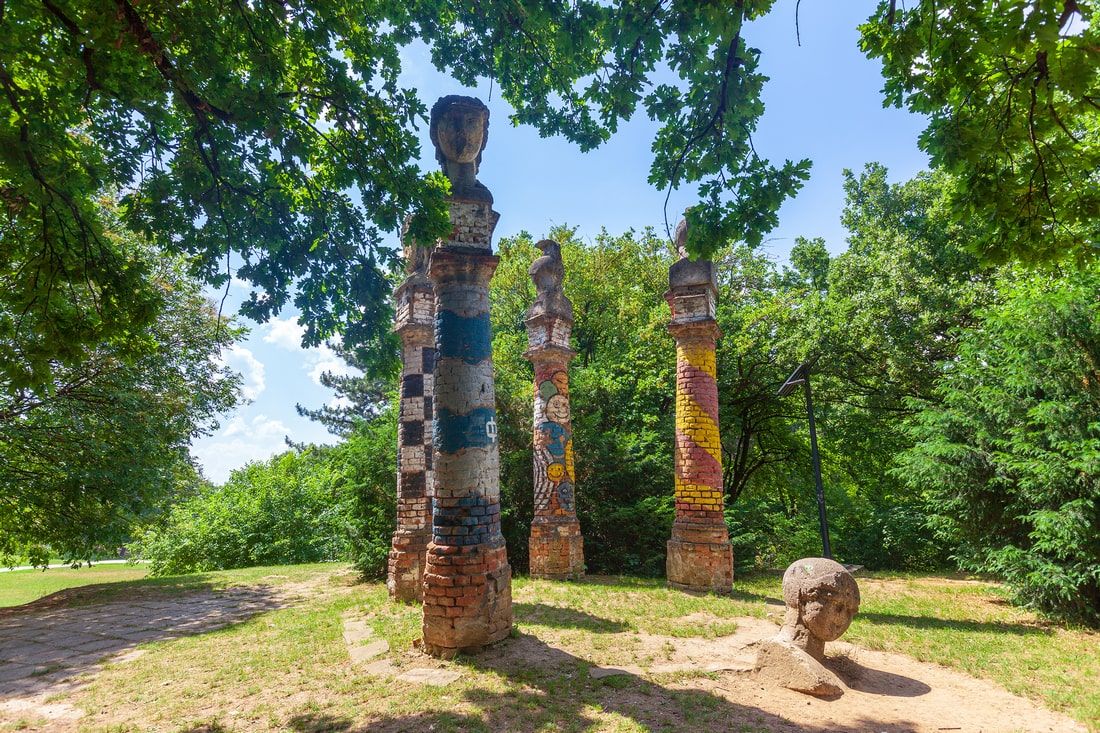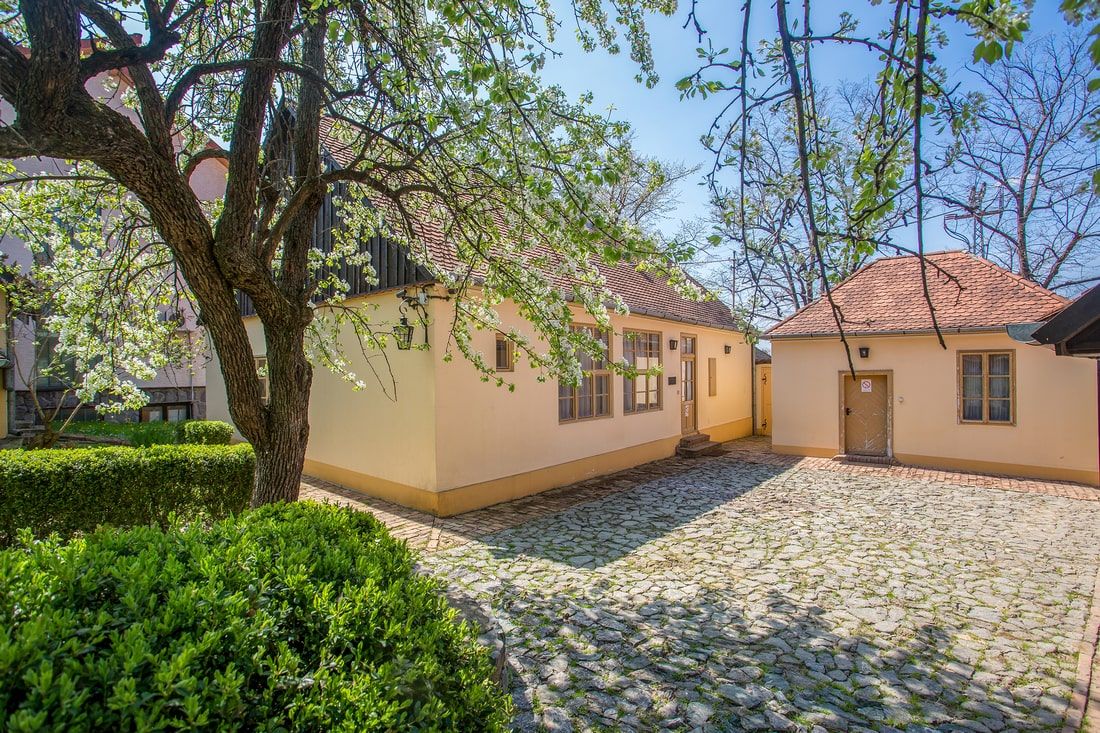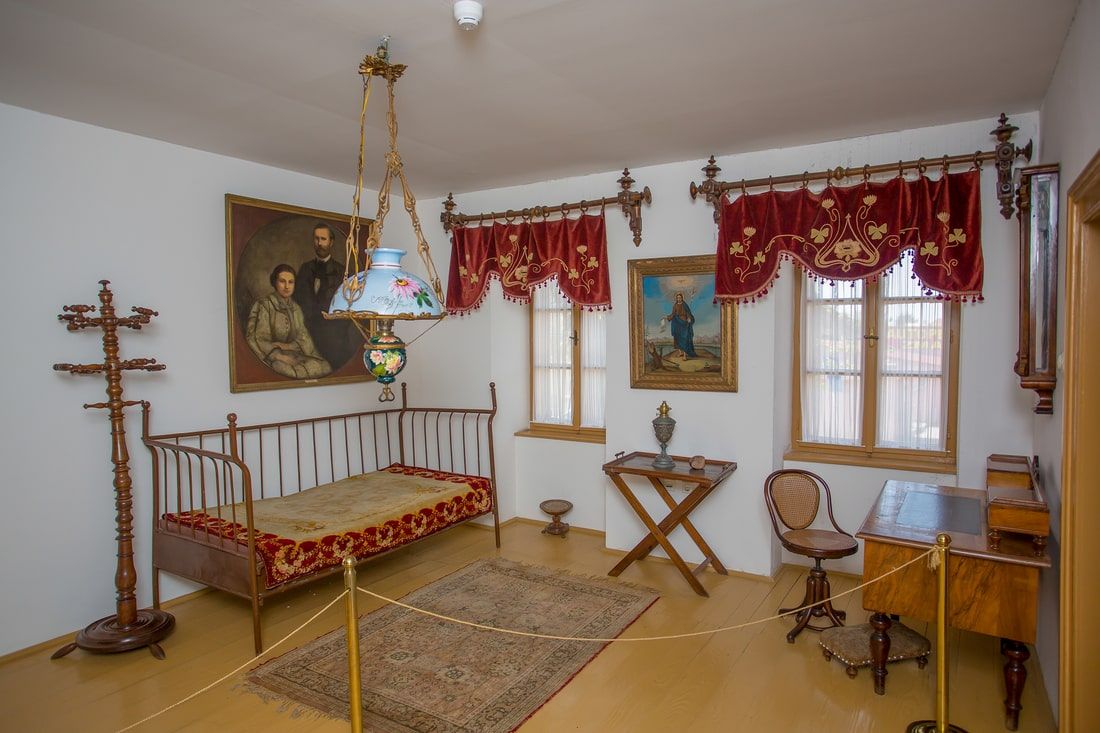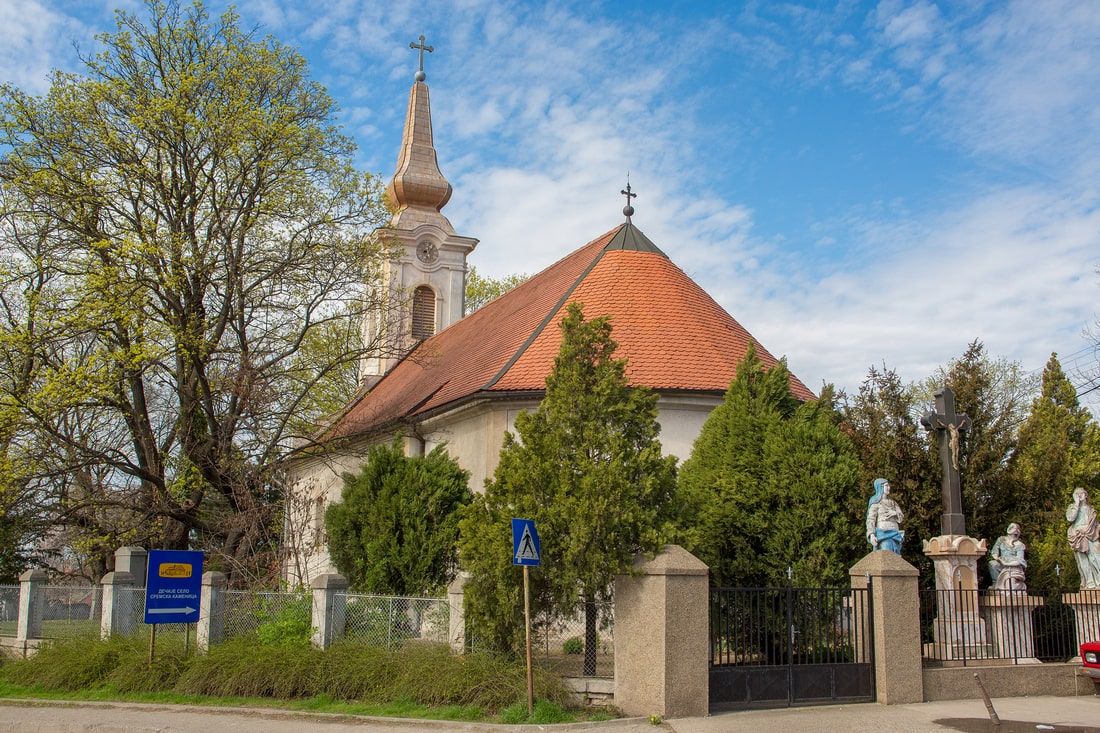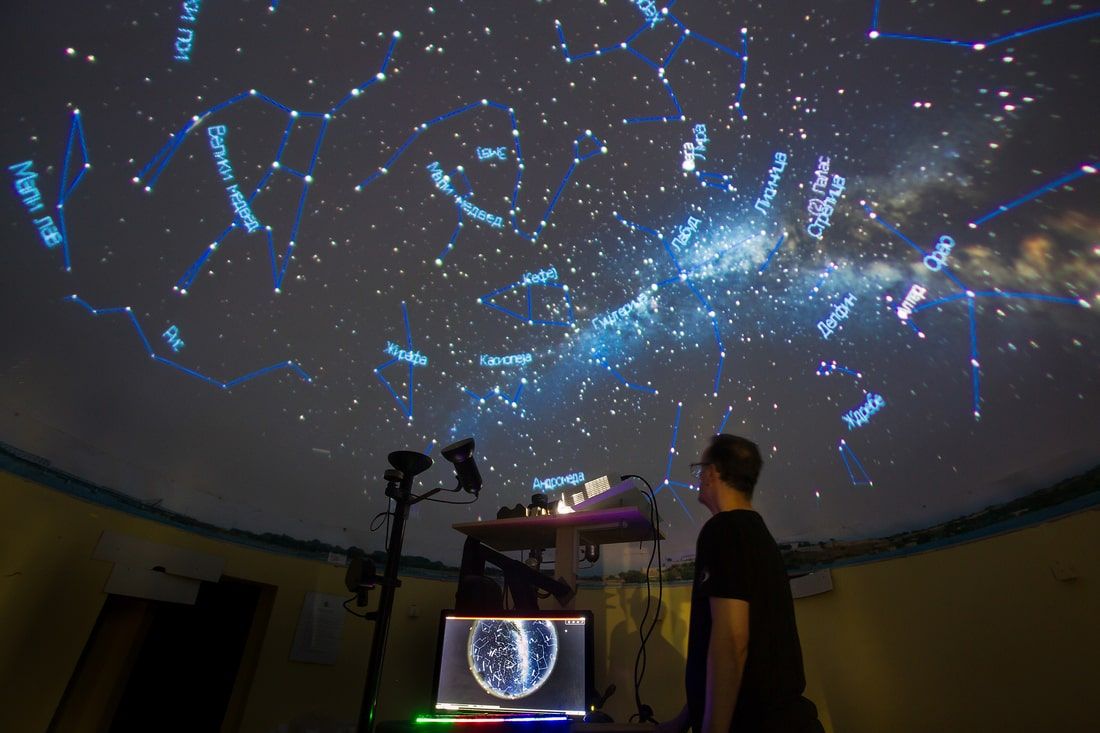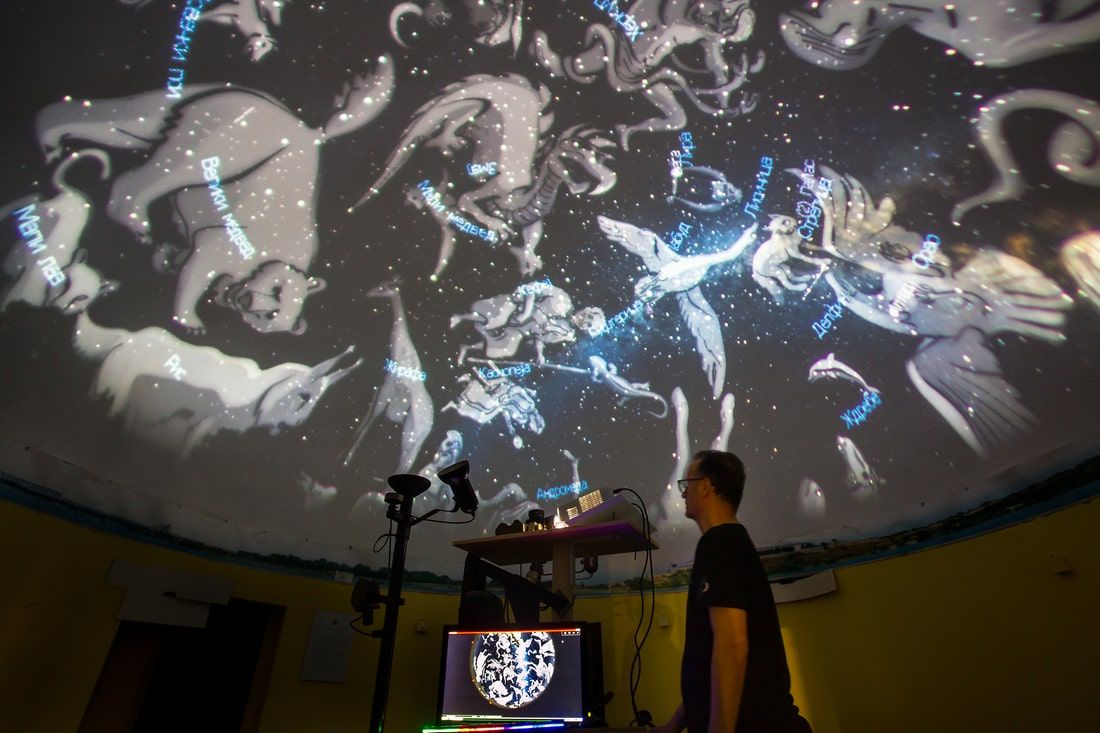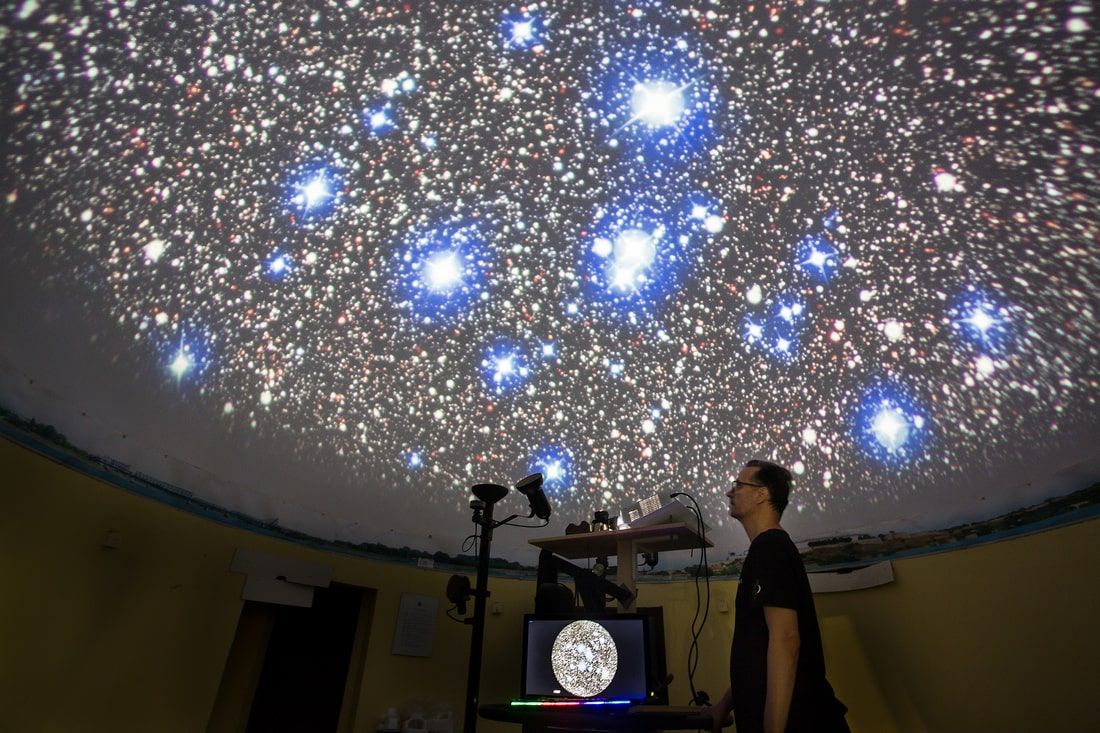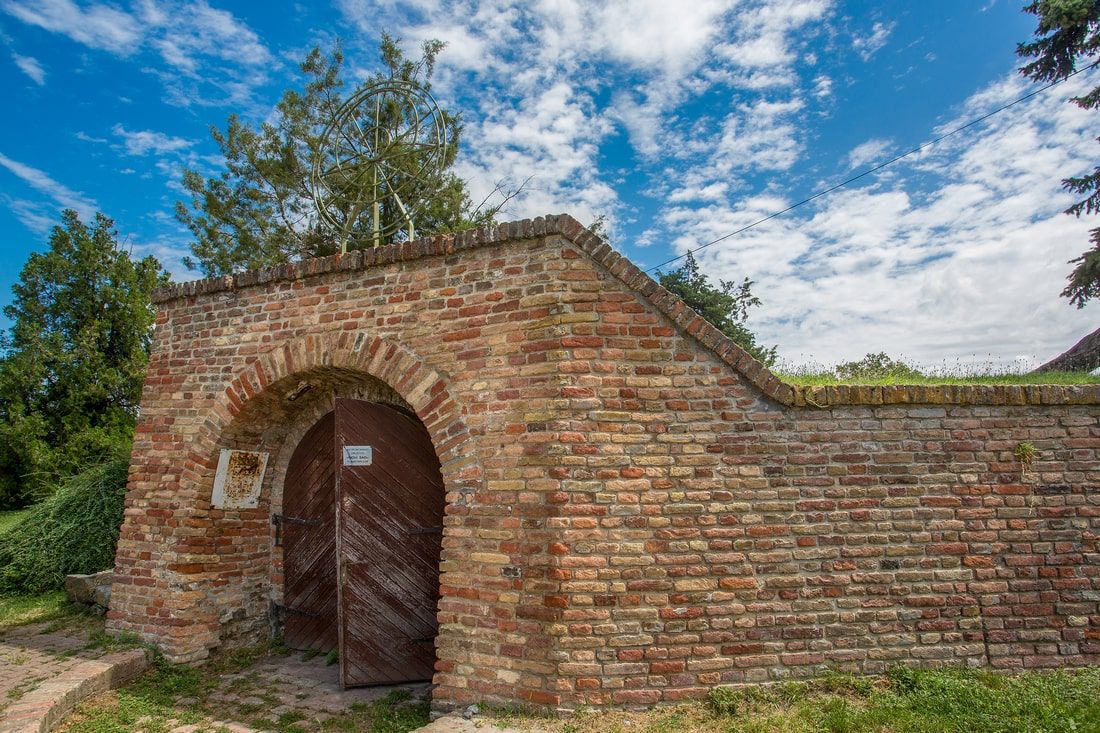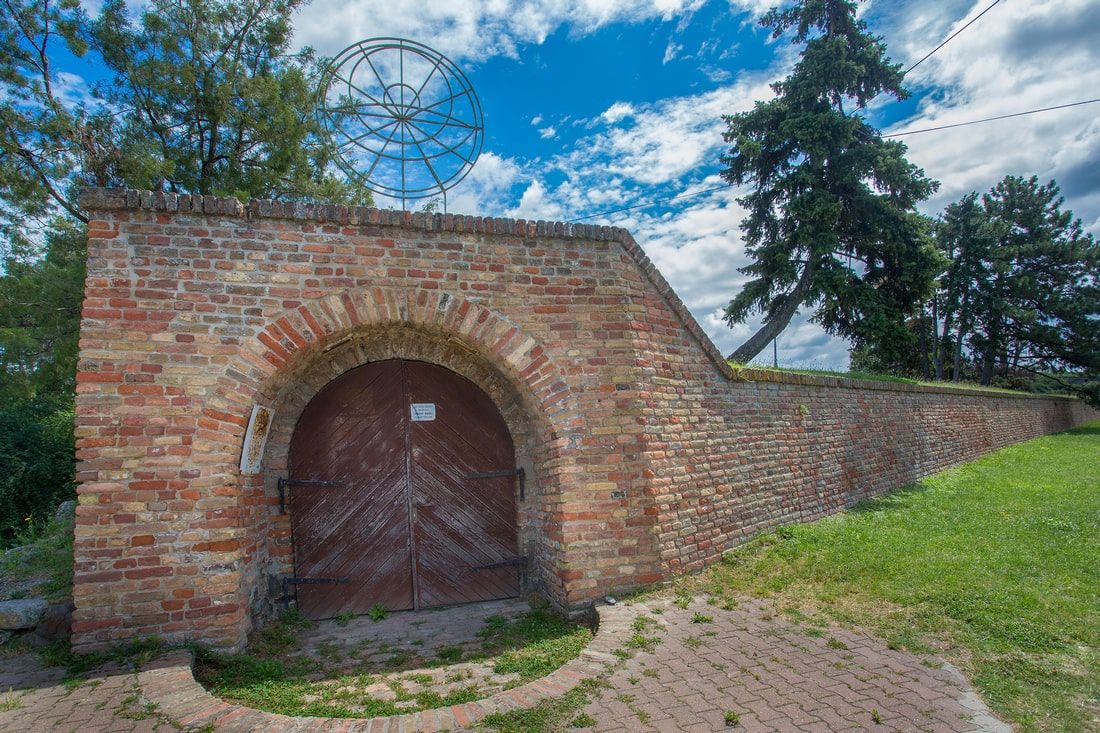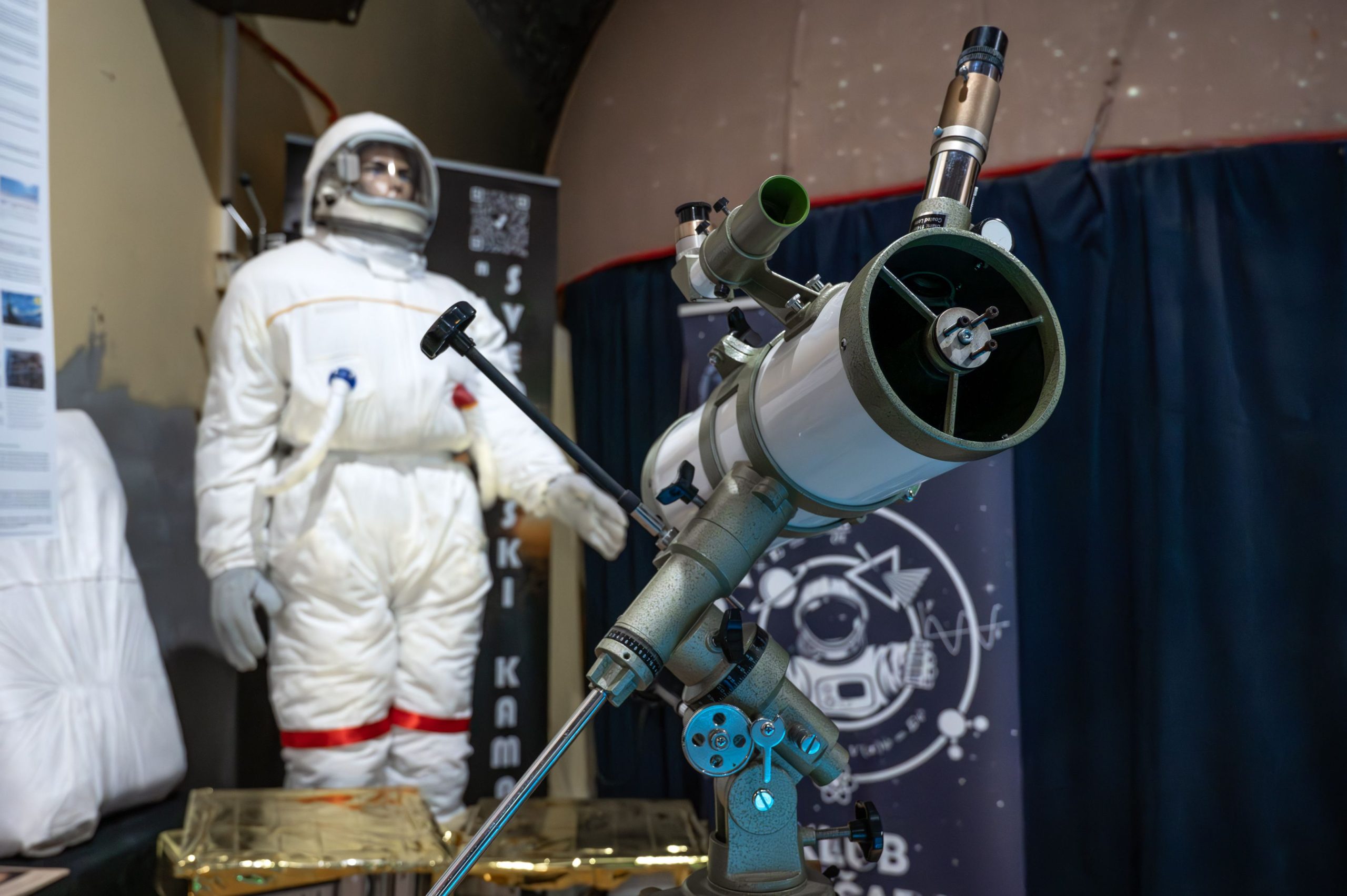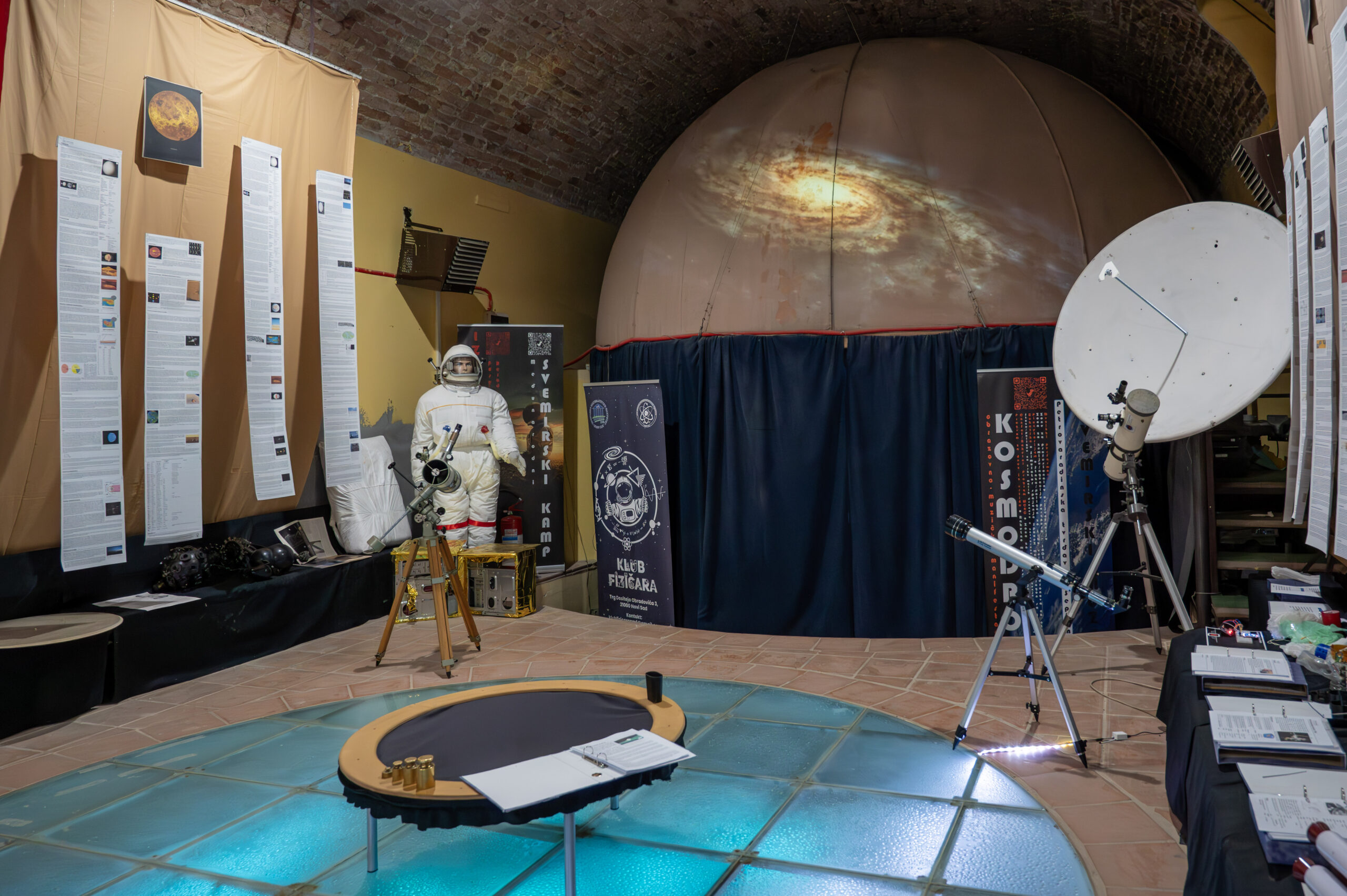52 Weekends - September
Events in the Spirit of Vojvodinian Tradition
Since ancient times, the paths of the East and the West have crossed in this area, many nations have found their refuge there, and brought their customs and habits. By mixing with the local population and the climate whose soil receives every seed well, a unique Vojvodinian gastronomy was born and the local image of always eating well.
Precisely because of the need to brand Vojvodina as a recognizable enogastronomic destination that attracts tourists and lovers of good food, the Tastes of Vojvodina Festival was created. The festival presents exhibitors of local food and beverages, as well as restaurants that prepare food according to Vojvodinian recipes, such as stews, pörkölt, forest paprikash, as well as sweats, such as gomboce dumplings, strudel and noodles with poppy seeds. In addition, visitors can enjoy a rich music program and numerous workshops for children and adults. Due to all of the above, it is not surprising that all generations of visitors rush to Limanski Park every year for the Tastes of Vojvodina Festival.
Enjoyment of Vojvodinian gastronomy would not be complete without the music of tamburica players. Every September, Novi Sad is decorated with the sounds of tamburica and old horse drawn coaches, the colors of folk costumes, the smells of traditional Vojvodinian cakes and the tastes of the most beautiful Fruška Gora wines at Tamburica Fest. Orchestras from the country and abroad perform at the festival, competing for the first place, while vocal soloists from around the world participate in the selection for the best author’s song of the festival.
To all lovers of tamburica music, we recommend a visit to the exhibition “Tamburica Tradition in Vojvodina” in the premises of the World Tamburitza Association in the center of Novi Sad, where they can get acquainted with examples of old tamburica instruments, photos of orchestras, construction material, as well as personal items of some of the most important figures from the world of Vojvodinian art of tamburica.
Text: Slavica Lončar
Sremski Karlovci – The Wine Galaxy and the Place of World Peace
Sremski Karlovci is a wine galaxy. To the delight of many wine lovers, there are about fifteen wineries and wine cellars in the town whose core you can walk up and down in half an hour. History marks Sremski Karlovci both by various events significant for the history, culture and identity of the Serbian people, the Karlovac Peace Treaty and the history of Europe, as well as by wines that, in addition to fame, brought residents significant revenues.
The Sremski Karlovci wine area is recognized for excellent wines from the following grape assortments: Italian and Rhine Riesling, Sila, Chardonnay, Neoplanta, Petra, Panonia, Tamjanika, Yellow Muscat, Traminac, Sauvignon Blanc, Pinot Blanc, Noir and Gris, Merlot, Cabernet Sauvignon, Cabernet Franc, Blaufränkisch, Vranac, Probus, Portugieser, etc.
Today, in the modern Karlovačkog Mira street, next to the famous Kapela, there are many family wineries: MK Kosović Family Winery, Probus Cellar, Petrović Cellar, Vinum Winery, Kiš Winery and Dulka Winery, and in the vicinity are wineries Kurjak and Mrđanin. In the central city zone you can find: Benišek-Veselinović Winery, Došen Winery and Bajilo Winery. On a hill above the town, on a slope, surrounded by vines, is the Đurđić Winery. The Museum of Beekeeping – Živanovic Wine House is a famous Karlovac place that, in addition to excellent wines and honey, preserves the traces of the history of the development of winemaking and beekeeping among Serbs.
To celebrate wine and winemakers, the Spring Wine Festival Sremski Karlovci (May) and the Karlovac Grape Harvest (September) are held here.
More details at the following link: https://novisad.travel/vinski-put-2/
Kapela Mira (the Chapel of Peace) is the site of a significant historical event, the signing of the Treaty of Karlovac (1699), which introduced the name of Sremski Karlovci into all world histories of the new century. The building in which Treaty was signed was demolished after 1710 and in its place, as a sign of gratitude to the Virgin Mary for the great success of Austria on both the field of battle and diplomacy, the Catholic Chapel of Our Lady of Peace was built.
The Chapel of Peace was erected in the form of a large Turkish tent, so it is often said that its architecture is oriental. The subsequently built bell tower, with the clock, changed the original shape of the building. The modern building, like the original one, has four entrances, but the interior is completely decorated for the needs of the chapel. There is an altar, an organ and seats for churchgoers. The curiosity is that the eastern entrance where the Ottoman delegation entered was walled up, and a small altar was built in its place. A visit to the Chapel of Peace should be announced to the Tourist Organization of the Municipality of Sremski Karlovci.
Text: Gordana Stojaković
Ledinci – Novi Sad part of Fruška Gora
Stari and Novi Ledinci are communes of turbulent history. Stari Ledinci were burned in 1942, and then after the end of the Second World War, they were rebuilt for decades, partly in a new location, today known as Novi Ledinci. Material traces of local history are two fountains in Stari Ledinci, with carved years of 1842 and 1885, as well as the remains of a medieval church at the Klisa site, which some researchers believe to be the missing monastery of St. Sava, mentioned in the 16th century.
The settlement was built on the slopes of Fruška gora, and here you can often see hikers who enjoy the view from several viewpoints in the area, or in a forest environment, along the walking paths to Perina Cave, or to the excursion sites Popovica and Orlovo Bojište.
Many citizens of Novi Sad are happy to come to the Antonijević Family Winery in Novi Ledinci and the Miljević Cellar in Stari Ledinci for excellent wines and much more. Ledinac also has facilities for recreational riders and riding enthusiasts offered by the Šumska Štala Equestrian Club, whose activities are adapted to both beginners and experienced riders.
Lovers of gastronomic delights will not want to miss the visit to Stojadinović-Pintar Family Farm (Naša Farma Kozica – Our Little Goat Farm) and buy goat milk products. You should not miss Vidikovac Restaurant either, which has Fruška Gora wines on offer, alongside the panoramic views of Novi Sad.
Text: Gordana Stojaković
September in Sremska Kamenica
Many watched Sremska Kamenica mostly from the boats on Ribarac and Kamenjar, or when hurriedly rushing to the Fruška Gora Marathon. It is true that Sremska Kamenica is a special place, one that the Counts of Marczibányi – Karácsonyi chose to stay build a castle for their own enjoyment. Sremska Kamenica was built in the place of favorable wind roses, on the slopes of the medicinal Fruška gora and the banks of the Danube – a dream place .
In addition to the castle, Marczibányi de Puhó family built a park in the style of an English landscape garden, enriched with rare plants and stone sculptures. Today, it is the oldest and most spacious park in Novi Sad. After the First World War, the Marczibányi – Karácsonyi castle was bought with John Frontigham’s money so that Darinka Grujić Radović could run a Serbian-American home for war orphans. Children’s Village in Sremska Kamenica is a continuation of the Novi Sad tradition of caring for children who need social care and attention.
In the center of the village there are the Serbian Orthodox Church of the Nativity of the Most Holy Theotokos (1758) and the Roman Catholic Church of the Discovery of the Holy Cross (1811). Also nearby is the Jovan Jovanović Zmaj Memorial Collection (Zmajev Museum), which is visited by most Serbian schoolchildren. The museum is one of the relics of Novi Sad, as it reminds us that generations of children grew up with the poems of the Novi Sad resident Uncle Jova Zmaj (www.museumns.rs).
For wine lovers, there is the Šukac Cellar, owned by the Savic family and located in the center of the town, where the sixth generation of this Sremska Kamenica family continues the tradition of winemaking to this day. This winery of the Novi Sad Wine Route has a beautiful tasting room, evocative of the old “Swabian House” style that was prevalent in the area.
At the exit from Sremska Kamenica, on the bank of the Danube, there is the Sremac Association of Fishermen and Lovers of the Danube, a famous čarda from Kamenica with a garden that offers a beautiful view of the Bačka side of the river. The specialty of this čarda is fish broth, and with their meals you can enjoy the wines of the Šukac Cellar.
Text: Gordana Stojaković
Space Museum and Cosmodrome
September is the month of returning to school after the summer break, the month when new things are learned, and new knowledge is acquired. It is also an opportunity to learn about the secrets of the universe and its exploration in a fun way at the event called the Cosmodrome. In an interesting, interactive way, children are introduced to a plethora of content in the STEM field (“Science, Technology, Engineering, Mathematics”). Through demonstrations and workshops, the youngest, but also those slightly older visitors, can get acquainted with the construction of rockets and small satellites, their launch, drone and robot control, programming basics, but also observe the Sun and participate in various creative workshops.
If anyone misses the opportunity to attend the Cosmodrome, they can always visit the Space Museum. It is the first technical museum in Novi Sad, and it is located at two places on the Petrovaradin Fortress – in the Planetarium and the Tunnel Club. In addition to setting up museum exhibits that present historical achievements both national and international, visitors are able to see and experience interesting interactive content, audio-visual effects, participate in workshops, practical demonstrations and other content related to astronomy, space engineering and “Deep Space” research. The programs within the Space Museum are adapted to visitors’ age and provide answers to questions about whether Serbia has satellites in space, whether it has its own space program and how to become part of that program, who has the lightest rocket models in the world, how big the International Space Station really is and many others.
Due to the huge interest in the museum, it is necessary to announce the visit in advance through the website of the Space Museum.
Text: Slavica Lončar

